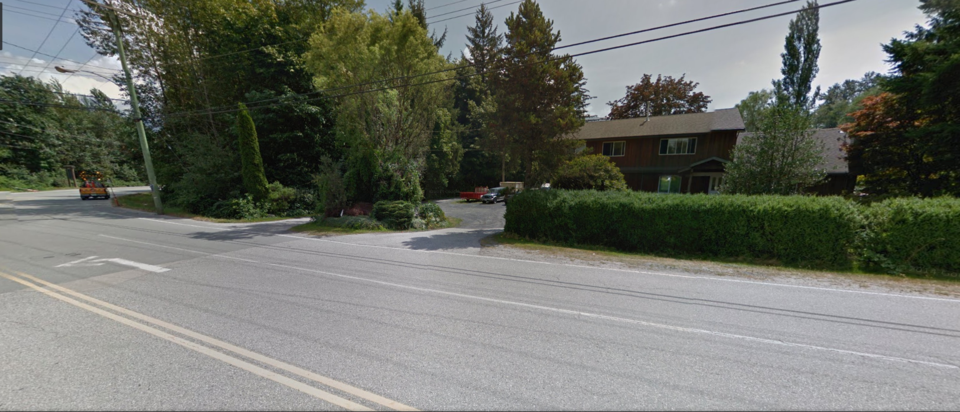The on again, off again fight over longtime Squamish resident James Whittaker’s property in the Northyards is on again.
Whittaker has seen four councils try to rezone his property, located between Pioneer Way and Government Road, and he has fought them all.
Last week council passed first reading of a zoning amendment that would see five properties – including a 2.5-acre property owned by Whittaker and one owned by his son, Brock – rezoned to mixed-use zoning. Four of the properties are currently residential and one is light industrial.
The largest of the residential properties belongs to Whittaker, who owns Whittaker Equipment and has been in Squamish for 45 years.
He had hoped to sell his property and have it developed as duplexes, but that won’t be possible with the proposed rezoning.
“We don’t know what to do really except we are not going to lie down and get walked all over,” he said. “Basically, we think it is not a well thought out proposal and some people are going to suffer on it.”
The change will make the properties worth much less on the market with mixed-use zoning, Whittaker said, adding because he was self-employed all his life and thus without a pension, the family had been counting on the sale earnings to support him in retirement.
The properties are within the Sea to Sky Business Park and the concern is that if the zoning remains as it is, four of the properties will all become low-density residential, according to Jonas Velaniskis, director of development services at the District of Squamish.
“Because we have so much development pressure right now in town, we are seeing anywhere where there is potential for residential, people are building it to the maximum allowed level of use,” he said.
If this change wasn’t made there is the potential that the large properties involved could be subdivided into “10s and 20s of single-family duplex sites, which would interfere with the business park.”
Whittaker said had he sold to put in duplexes it would have been a “nice transition” of housing between the surrounding residential areas and the business park.
In the sub area plan for the business park, the properties were always intended to be for industrial business, Velaniskis said. “But they were never zoned that way, so we are following essentially the direction that was set out.”
Whittaker said the changes would make his son’s quarter-acre property almost worthless.
“It would be virtually useless, he would never resell it,” Whittaker said. “This is our big fight, we don’t want to throw him to the wolves.”
Velaniskis countered that the most bang for their buck for property owners would be to amalgamate.
“It is quite likely that in order to fully maximize the potential of those properties, for the mixed-use purpose, you would need some consolidation,” he said. It doesn’t mean it makes the property completely unusable, it just means you would get more use out of it if you were to consolidate it.”
Rezoning “presents an opportunity for more mixed forms of land use combining light industrial, limited commercial office, and upper storey live-work and residential uses,” states a report submitted to council and presented at the March 7 council meeting by Velaniskis.
The proposed zoning amendment also includes a provision to create a 20-metre setback buffer between certain residential and industrial lots, as well as a provision to eliminate bulk fuel and gas storage and loading facilities as an accepted use in Squamish.
The Woodfibre LNG site would be exempt as it is an application in progress, Velaniskis said.
Before the amendment comes back for a second reading, District staff will be doing more engagement with stakeholders in the area.
If the rezoning ultimately goes through Whittaker said he may change his plans to sell his property.
“If nothing else we will just revise our plans and stay here,” he said. The property would be deeded to his grandchildren after his death. “It will never be used for mixed used purposes.”



